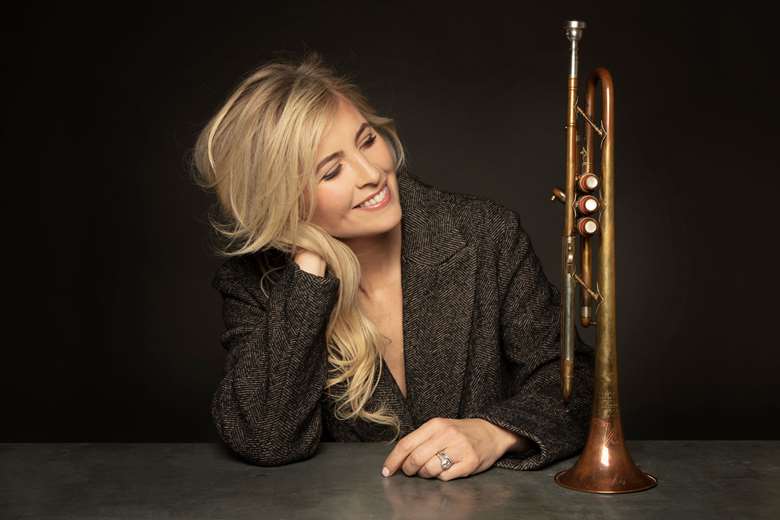Alison Balsom interview: sketches of America
Martin Cullingford
Thursday, September 15, 2022
Alison Balsom’s new album explores music from an era when jazz and classical met and mingled. Martin Cullingford talks to the trumpeter about her fascinating personal project

Register now to continue reading
Thanks for exploring the Gramophone website. Sign up for a free account today to enjoy the following benefits:
- Free access to 3 subscriber-only articles per month
- Unlimited access to our news, podcasts and awards pages
- Free weekly email newsletter












